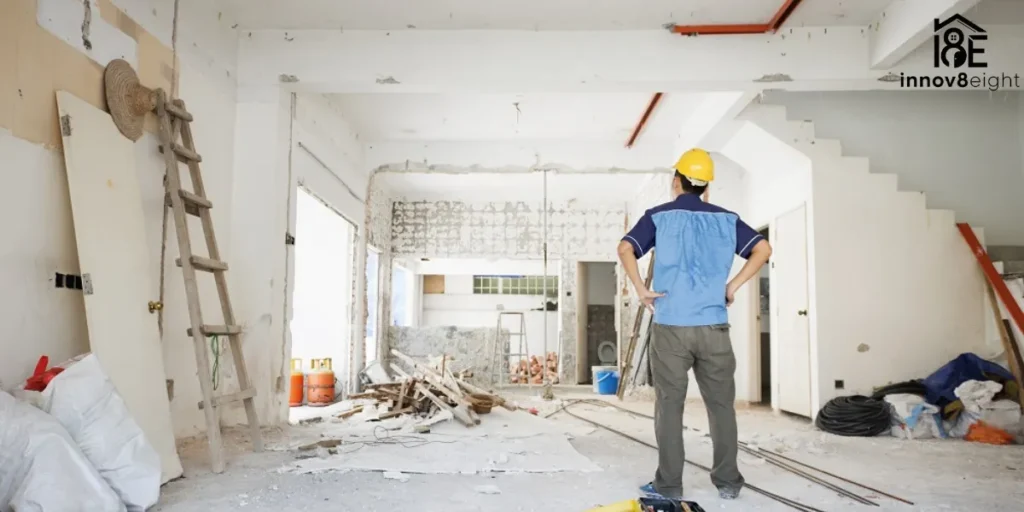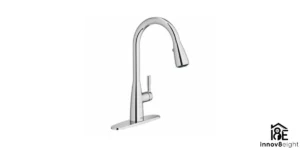When it comes to home improvement in California, there’s one crucial rule that many homeowners and aspiring contractors either overlook or misunderstand: the California home improvement unlicensed contractor threshold. This legal boundary determines who can legally take on construction or remodeling jobs and what limits apply to unlicensed individuals.
Whether you’re a homeowner looking to renovate or a handyman trying to grow your business, knowing how this threshold affects you could save you thousands in penalties or project failures. In this article, we’ll break it all down clearly.
What Is the California Unlicensed Contractor Threshold?
The unlicensed contractor threshold in California is defined under Business and Professions Code Section 7048. It states that:
Anyone who performs home improvement work in California valued over $500 (including labor and materials) must have a valid contractor’s license issued by the Contractors State License Board (CSLB).
Important Points:
- The $500 limit is not just labor — it includes materials and tool rentals.
- The threshold applies to each job/project, not individual tasks or days.
- Attempting to break up jobs to stay under the limit is illegal.
Why This Law Exists: Protecting Consumers and the Industry
The purpose of the California home improvement unlicensed contractor threshold is consumer protection. It ensures that large-scale work is done only by qualified professionals who meet the state’s standards for experience, insurance, and accountability.
Benefits to Homeowners:
- Ensures contractor competency and experience
- Requires bonding and liability insurance for protection
- Mandates proper permits and code compliance
Benefits to Licensed Contractors:
- Prevents underbidding by unlicensed competition
- Encourages ethical, transparent business practices
- Maintains the professional reputation of the industry
What Happens If You Ignore the Threshold?
For Homeowners:
Hiring someone who isn’t licensed for a project over $500 can lead to:
- Code violations and stop-work orders
- No legal recourse if the contractor fails to finish or does poor work
- Potential liability for on-site injuries
For Contractors:
Operating without a license above the threshold may result in:
- Misdemeanor charges
- Fines of up to $5,000 per violation
- Civil lawsuits with no legal right to collect payment
Even if the work is high-quality, it’s still illegal without a license over the threshold.
Common Misconceptions About the $500 Threshold
“I’ll Buy the Materials Myself — That Doesn’t Count, Right?”
Wrong. The CSLB includes both labor and materials toward the $500 total — no matter who purchases them.
“What if I Do the Work in Phases?”
Nope. If the total scope of the project exceeds $500, it must be performed by a licensed contractor. Phased work or “splitting the job” is a red flag to CSLB investigators.
“They’re Just a Handyman. That’s Fine.”
Not if the job exceeds $500 in value. Even a handyman needs to be licensed when crossing the legal threshold.
How to Verify Contractor Licensing in California
Before hiring someone, verify their license using the CSLB’s online lookup tool:
- Go to: https://www.cslb.ca.gov
- Click “Check a License”
- Enter their name, business name, or license number
- Review:
- License classification
- Bond and insurance status
- Active/inactive/expired standing
This free tool offers peace of mind in just a few clicks.
Exceptions to the Rule
There are a few very limited situations where the threshold may not apply:
- DIY work by the homeowner themselves (though permits may still be needed)
- Truly minor repairs under $500 total cost
- Non-construction tasks like cleaning, organizing, or installing furniture
Still, if you’re unsure — consult with CSLB or an attorney. It’s not worth risking a violation.
Tips to Stay Compliant with the Threshold
For Homeowners:
- Always ask for a contractor license number
- Get multiple written estimates
- Don’t accept “off the books” offers
- Make sure a detailed contract is signed
For Contractors:
- If you’re regularly bidding jobs over $500 — get licensed
- Keep contracts and documentation for each project
- Don’t try to hide labor or material costs

FAQs About the California Home Improvement Unlicensed Contractor Threshold
What if a job goes over $500 midway through?
The moment the total cost exceeds $500, it legally becomes a job requiring a licensed contractor. Continuing without one is a violation.
Can I still pay an unlicensed contractor if the work is good?
Even if the work was performed well, paying for unlicensed labor above the limit is considered an illegal contract — and the contractor can’t legally sue for payment.
What’s the difference between a handyman and a contractor in California?
A handyman can only take jobs under $500 total. Any larger work, including remodeling or plumbing, requires a contractor’s license.
Will I get in trouble for hiring an unlicensed contractor?
Possibly. Homeowners may be liable for damages, code violations, or worker injuries. You may also be asked to remove the unpermitted work.
Final Thoughts
The California home improvement unlicensed contractor threshold isn’t just red tape — it’s a line designed to protect the quality and legality of construction work in the state. Whether you’re hiring or hoping to grow a contracting business, crossing that $500 line without a license could cost you much more in the long run.
Stay compliant, hire licensed pros, and always prioritize quality and legality over short-term savings. It’s the smart — and safe — way to build or renovate in California.







